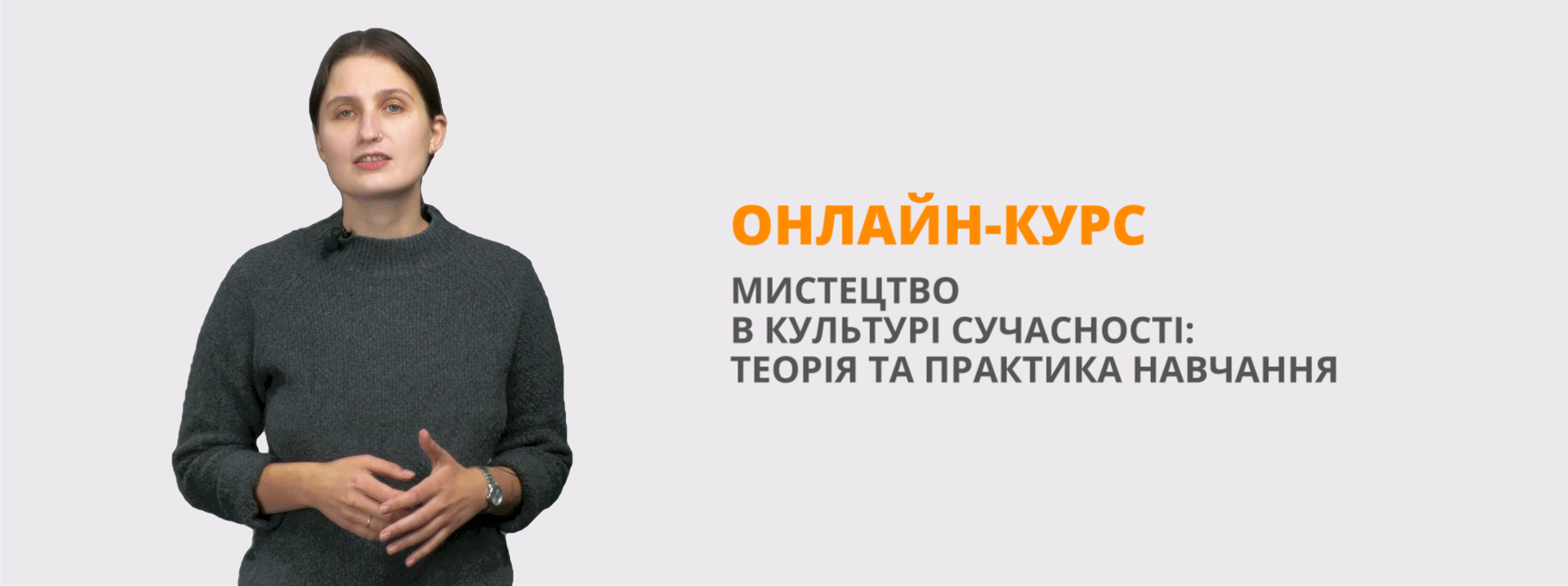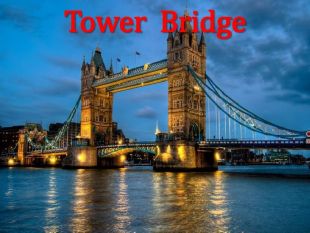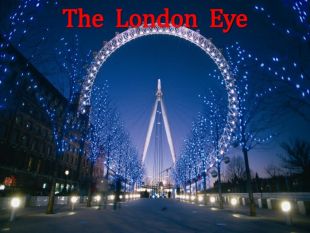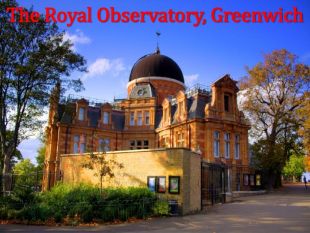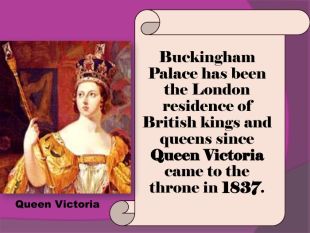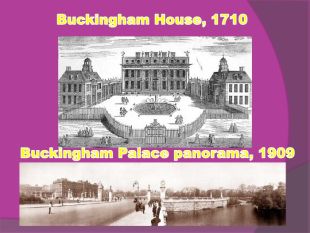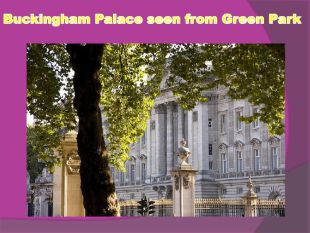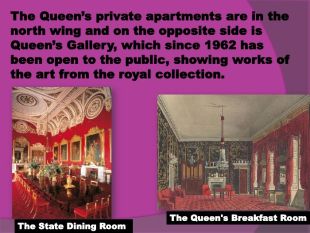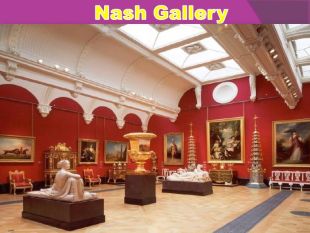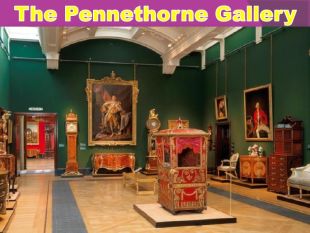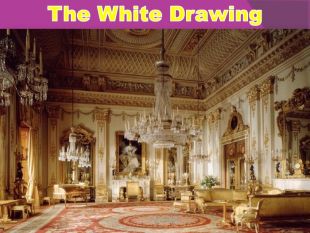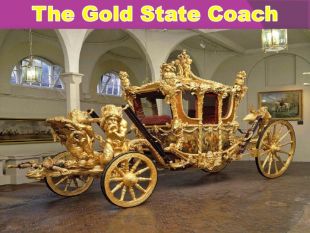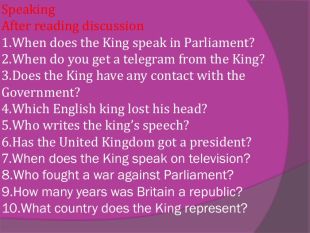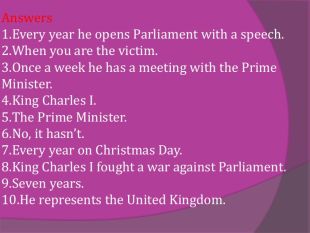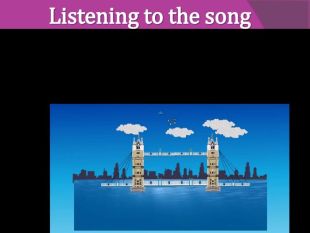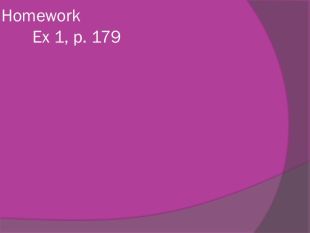Розробка уроку з презентацією з англійської мови на тему "Places of interest. Famous landmarks of London"
Form 7 Unit 4
Places of Interest. Famous Landmarks of London.
Objectives:
- speak about famous places of London;
- learn the sights of London;
- practice pair work;
- watch and listen to the video;
- learn more about Great Britain
Equipment: text-books, video, computer presentation
Type of the lesson: combined
Procedure
- Introduction
T: Good morning, pupils! Glad to see you. How are you? Have a look at the board! Here are some pictures of famous places. Try to guess the city they are from.
T: You are right. It’s London. So, the theme of our lesson is “ A visit to London’’
- Reading
T: I know that all of you would like to visit London and see the most famous places of interest. Let’s read the poem . After reading you have to answer the question – What famous places have been mentioned in the poem?
London Places
Westminster Abbey, Whitehall and Fleet,
Trafalgar Square and Downing Street.
These places you visit in London for sure,
And it will be an interesting tour!
Parliament Square, Westminster Bridge,
Oh, London history is so rich!
Famous Big Ben, mysterious Tower.
Here you spend more than an hour.
London is full of places to visit.
If you have chance , you won’t miss it.
T: There is a saying/ quotation
“ When a man is tired of London, he is tired of life, for there is in London all that life can afford “ a writer Samuel Johnson
So, you can’t be bored in London. There are hundreds of buildings, places of interest, galleries and museums. There are a lot of parks and streets, markets, over 80 theatres and even more cinemas.
- Pupil’s presentation
1 St Paul’s Cathedral
It is the greatest work of England’s architect, Christopher Wren. It was all planned and carried out by one man. Sir Christopher Wren started building in 1675. It was opened in 1697 but was finished only in 1710, when Wren was 80 years old. It took him 35 years to finish it. When Wren was 90, he was carried here once a year, so that he could see his beautiful work. It is 110 meters high. St Paul’s Cathedral has a 48 m high dome ( a round roof ). You can walk around its base on the inside. This part is called the Whispering Gallery. When you whisper against the wall , your friend can hear your whisper on the other side – 48 m away. That means that the church has got very good acoustics.
Sir Christopher Wren lies buried under the roof of his own great work. These words are written on his grave, “If you want to see his monument, look around.” There are memorials to many famous men of England in the Cathedral. Among them are generals and admirals. Admiral Nelson is buried here too. So St. Paul’s Cathedral is the second largest church in Europe and the greatest of English churches.
2 The Gherkin
The Gherkin is one of the most famous high – rise buildings in London. It was designed by the famous British architect Norman Foster. You can see its top from far away. Some people say it looks like a rocket, but most people simply call it the Gherkin. It was built in such a way as to save energy, so the heating and cooling costs are not so high.
3 The Houses of Parliament
The Houses of Parliament is a large building which stands near the Thames. Its official name is the Palace of Westminster. It is the place where members of British Parliament work. Members of Parliament are also called MPs. People choose them in elections which take place every 4 to 5 years. The task of the Parliament is to make laws. The Houses of Parliament has two high towers at the corners of the building and one of them is called the Clock Tower. The English people built the tower with the clock in 1858.
4 Big Ben
Big Ben is a great attraction of tourists. The clock has four faces and a very big loud bell. The name Big Ben actually refers not to the clock-tower itself, but to the bell within. The bell weights 13 tons. The man in charge of building was Sir Benjamin Hall. This man was very tall, and workers and friends called him Big Ben. So they called the bell Big Ben too. That’s why the English people call the clock and the Clock Tower Big Ben. The people of London who live near the Houses of Parliament can hear the sounds of the bell every hour. Other people hear it on the radio. On the New Year’s night people come to the Clock Tower to meet the New Year.
5 The Tower of London
It is the most famous of all historical buildings in London. It stands today
almost unchanged since first was built in the 11th century.
It has a long and cruel history. The Tower was founded a millennium ago and expanded upon over the centuries since the Tower of London has protected the city. It was King’s Palace, a prison, a zoo. Now it is a museum where one can see treasure of British Monarchy. For many visitors the principal attraction is the Crown Jewels, the finest precious stones of the nation. A fine collection of arms is exhibited in the Keep.
6 Tower Bridge
Tower Bridge has stood over the river Thames in London since 1894 and is one of the finest and most famous bridges in the world. It crosses the river Thames. It is close to the Tower of London, which gives it its name. The bridge consists of two pieces which are lifted when a ship passes. Every year a lot of tourists visit the bridge.
7 The Millennium Bridge
The Millennium Bridge is a bridge over the River Thames. People like walking over it because there is no traffic on it. It’s 144 m long. The bridge has got the nickname – ‘Wobbly Bridge’. When it first opened in 2000, thousands of people who walked across felt a gentle movement underfoot. The bridge was closed, the problem fixed and it was reopened on 2 February 2002. In the film Harry Potter and the Half Blood Prince , Lord Voldemort’s Death Eaters try to destroy the bridge and after some twisting, it collapses into the Thames. Luckily, that was just a film!
8 Piccadilly Circus
Piccadilly Circus is the heart and one of the busiest areas in London . Once it was known as the centre of the British Empire. There is a famous statue of Eros ( the Greek God of love ) in the middle of this square. London’s well-known theatres and cinemas are on Piccadilly Circus. Now, it’s a place for meeting young people. This is the square that is round, not square like many other places. Near Piccadilly Circus there is a large underground station where several different lines meet. A real shoeblack polishing a shoe and real flower-girls selling beautiful flowers are there. You should come here at night when Piccadilly looks much prettier. It is a colourful sight at night.
9 Westminster Abbey
Westminster Abbey is the most famous church in England. It was built by King Edward in 1065 and was a monastery for a long time. The coronation of all British Kings and Queens takes place in it. Some famous English people are also buried here. The tombs are made of gold and precious stones. The Abby is also known for its Poets’ Corner. There are graves of English poets and writers and memorials to Shakespeare, Burns, Byron there. One of the greatest treasures of the Abbey is the Coronation Chair made in 1300.
10 Downing Street
Downing Street number 10 has been the home of the British Prime Minister since 1735. The street was so named after Sir George Downing , a noted parliamentarian . It is a synonym for British Government.
11 The London Eye
The London Eye is the biggest wheel to see sights of London. It took 7 years to complete the wheel. It was built to celebrate the New Millennium. It takes about 30 minutes to turn around. Visitors travel in its capsules, each one holds about 20 people.
12 The Royal Observatory, Greenwich
It is 10 miles outside London on a hill above the River Thames. It was set up in the 17th century. Greenwich is famous as the place crossed by the zero meridian. Under an international agreement this meridian 0 is on all maps of the world. The 0 meridian passes through the building of the Observatory. The old Observatory measures the exact time. The Observatory has got telescopes and displays about astronomy. There is a video theatre and a souvenir shop here.
13 Madame Tussaud's Museum
Every visitor to London knows who is Madame Tussaud’s and almost every visitor has seen her, an old lady of 81, standing at the entrance of her own exhibition. She is made of wax, like all the models of people in this museum. ‘200Years’room covers the history of Madame Tussaud’s over the last two centuries. There are also other rooms, such as “Legends and Superstars”, rooms with popular music singers, the members of Royal family and military leaders. There is the ‘Chamber of Horrors ‘ which amuses visitors very much. ‘The Spirit of London’ is a magnificent journey through London’s history. It’s not easy to tell about all interesting things one can see in the museum. There is a gift shop. Now it is one of the most famous attraction in Britain. This is the place that is worth visiting.
14 Trafalgar Square
Trafalgar Square is the center of London. In the center of square we can see Nelson Column 16 feet high in honour of admiral Nelson who defeated Napoleon fleet in 1805. There are four bronze lions around the column. On the north side there is the National Gallery, in the north-east corner there is the National Portrait Gallery. Today it’s famous for its pigeons and fountains and is used as a meeting place and a place of rest. The square is always full of visitors feeding the pigeons or watching the traffic.
15 The British Museum
The British Museum is a large, light – grey building. It was founded in 1753. There are a lot of beautiful collections in the British Museum: drawings, ceramics, paintings, sculptures and coins. Many things came to the museum from Greece. In this museum you can see a Manuscript Room where there are the most important English documents. The museum is famous for its library. It is one of the richest libraries in the world. It has more than 6 million books. You can go to the Reading Room in the British Museum, it is circular in shape. Some greatest people such as Dickens, Thackeray, Bernard Show and others sat in the Reading room. If you visit the British Museum you’ll be impressed.
16 Buckingham Palace
Buckingham Palace is the King’s official London home, the residence of the
King. In front of the palace, there is a Monument to Queen Victoria, who was one of the most famous British queens. She ruled more than any other and helped make England strong. When the King is at home we can see the flag above the palace. The Ceremony of the Changing of the Guard takes place at 11. 30 every morning.
17 The National Gallery
It stands on the north side of Trafalgar Square. It was founded in 1824: it has the national collection of Western European painting over 2, 000 pictures from 1200 to 1900. The collection represents all the major European schools of painting and includes masterpieces by virtually all the great artists.
- Video 1 Pair Work
Your task is to put down all the names of the sights you will see. You may work in pairs and individually.
Say which of these places you would like to visit and why.
I’d like to visit / see … because… .
- Reading
The British Royal Family
The United Kingdom hasn’t got a President. The head of the state is the King. All new laws have his signature. Each year he opens Parliament with a speech. He is also the head of the state of many Commonwealth countries, including Canada, New Zealand, Grenada and Jamaica. But in reality he has very little power. He has to signature on new laws, even if he doesn’t like them. And who writes her speech at the opening of Parliament? The Prime Minister. So, the King isn’t a political force. He is a symbol of Britain’s long history and tradition.
What does the King do? He represents Britain when he meets other heads of state – the Emperor of Japan, the President of Italy or the King of Jordan. Once a week he has a meeting with the Prime Minister. He maintains contacts with the Commonwealth countries. He speaks on television to the people of the UK and the Commonwealth every year on Christmas day. He opens new hospitals, bridges and factories. After disasters, he sends messages to the families of the victims.
England had a monarch more than a thousand years ago, and the United Kingdom still has a monarch today. But there was one short break in this long tradition. King Charles I fought a war against Parliament. He lost the war , and in 1649 he had his head cut off. But in 1660 his son became King Charles II. So Britain was a republic for just seven years.
6 . Speaking
After reading discussion
- When does the King speak in Parliament?
- When do you get a telegram from the King?
- Does the King have any contact with the Government?
- Which English king lost his head?
- Who writes the king’s speech?
- Has the United Kingdom got a president?
- When does the King speak on television?
- Who fought a war against Parliament?
- How many years was Britain a republic?
- What country does the King represent?
Answers
- Every year he opens Parliament with a speech.
- When you are the victim.
- Once a week he has a meeting with the Prime Minister.
- King Charles I.
- The Prime Minister.
- No, it hasn’t.
- Every year on Christmas Day.
- King Charles I fought a war against Parliament.
- Seven years.
- She represents the United Kingdom.
7 Video 2
8 Listening to the song
T: I suggest that we should have a minute of rest and sing one of the oldest songs about London .It is more than three hundred years ago. Have you guessed what song I mean? Right you are. It’s “ London Bridge”. So let’s sing it
London Bridge is falling down, falling down, falling down,
London Bridge is falling down, my fair lady
Built it up with iron bars, iron bars, iron bars
Built it up with iron bars, my fair lady
Iron bars will bend and brake, band and brake, bend and brake
Iron bars will bend and brake, my fair lady
Build up with silver and gold, silver and gold, silver and gold
Build up with silver and gold, my fair lady
Silver and gold are much to dear, much to dear, much to dear
Silver and gold are much to dear, my fair lady
Build up with sticks and stones, stick and stones, stick and stones,
Build up with sticks and stones, my fair lady
Sticks and stones will wash away, wash away, wash away,
Sticks and stones will wash away, my fair lady.
( Old English melody)
9 Grammar
Past Tenses
Past Simple Past Continuous Past Perfect
V2 ( ed) was/ were + V ing had + V 3 ( ed)
10 Homework
Ex 1, p. 179

про публікацію авторської розробки
Додати розробку
